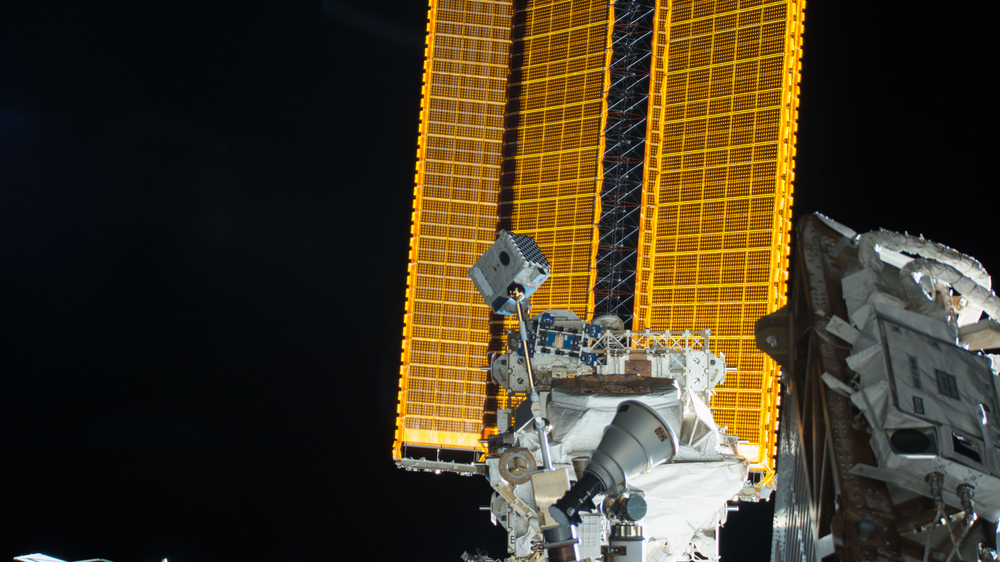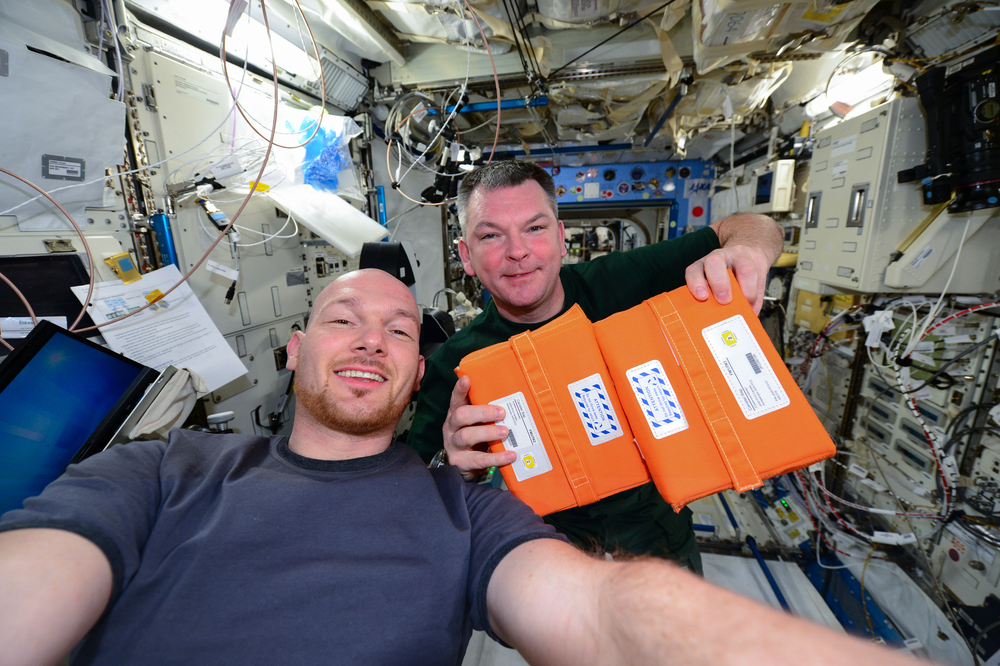Station Science Top News: March 1, 2024
Neutron Star Interior Composition ExploreR (NICER) observations of X-ray eruptions from Swift J0230+28 reveal a new timescale for recurring transients outside of our galaxy. Transients are astrophysical phenomena that change brightness over a relatively short time, such as supernovae and gamma ray bursts. This finding highlights the need for a new X-ray mission that has a wide field of view and is able to respond to events (similar to the Einstein Probe or Monitor of All-sky X-ray Image) to further explore recurring transients and help astrophysicists understand X-ray sources and their behavior.
Scientists recently discovered galactic nuclei (supermassive black holes at the center of galaxies) that have recurring phases of activity. Some, known as quasi-periodic X-ray eruption (QPE) sources, have recurrence times of a few hours to a day; others, called repeating nuclear transients, have recurrence times of hundreds to a thousand days. Swift J0230+28 has QPEs that recur approximately every 22 days, a period 25 times longer than previously known QPE sources. Monitoring by NICER allowed researchers to perform analyses during the eruptions of Swift J0230+28.

***
Toxins from snake and insect venom possess antimicrobial and anti-cancer properties and scientists have begun targeting them for use in creating new medicines. Researchers examined toxins in the venom of spectacled cobras and found that their structure and X-ray diffraction properties change in microgravity. Characterizing the structure of these toxins could lead to development of new antibiotics and drugs to treat cancer.
Microgravity makes it possible to grow higher-quality crystals of proteins, and Japan Aerospace Exploration Agency (JAXA) Protein Crystallization Growth provides a platform for this crystal growth. Researchers use these crystals to determine details of the protein structure, information important in the development of new drugs.

Expedition 41 Flight Engineers European Space Agency (ESA) Alex Gerst, left, and Cosmonaut Alexander Samokutyaev pose during Japan Aerospace Exploration Agency (JAXA) Protein Crystal Growth (PCG) canister bag and canister removal, on the Cell Biology Experiment Facility (CBEF). Credit: ESA/Alex Gerst
***
Crew members inadvertently hold their breath longer in microgravity, especially when lying face up. This observation suggests a reduction of the respiratory center’s sensitivity to increased carbon dioxide and decreased oxygen, driven by blood redistribution toward the upper part of the body. Using leg cuffs reduced this effect, suggesting that blood pressure plays a role in respiratory activity. This finding could help researchers design countermeasures to maintain human health on future space missions.
Data for this study came from the Roscosmos investigation DAN, which examined the relationship between blood redistribution in microgravity and changes in sensitivity of the central respiratory mechanism. Sixteen Russian crew members participated in the study, conducted in 2015.







